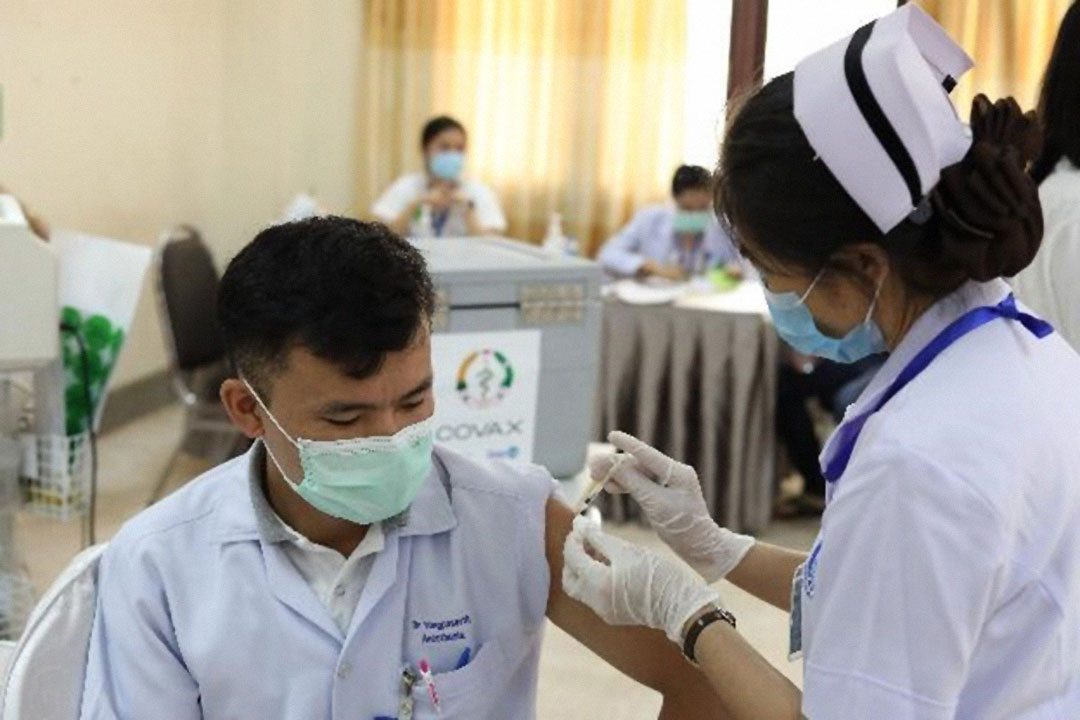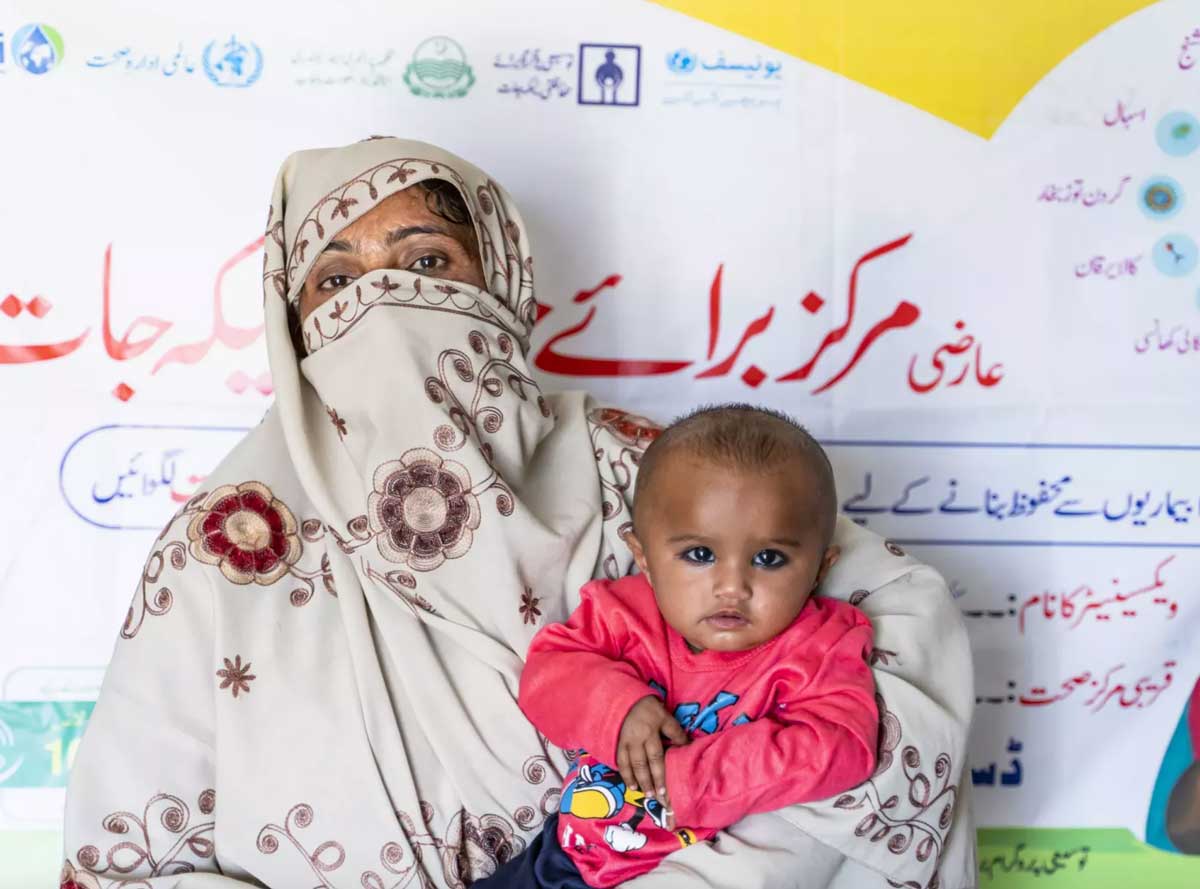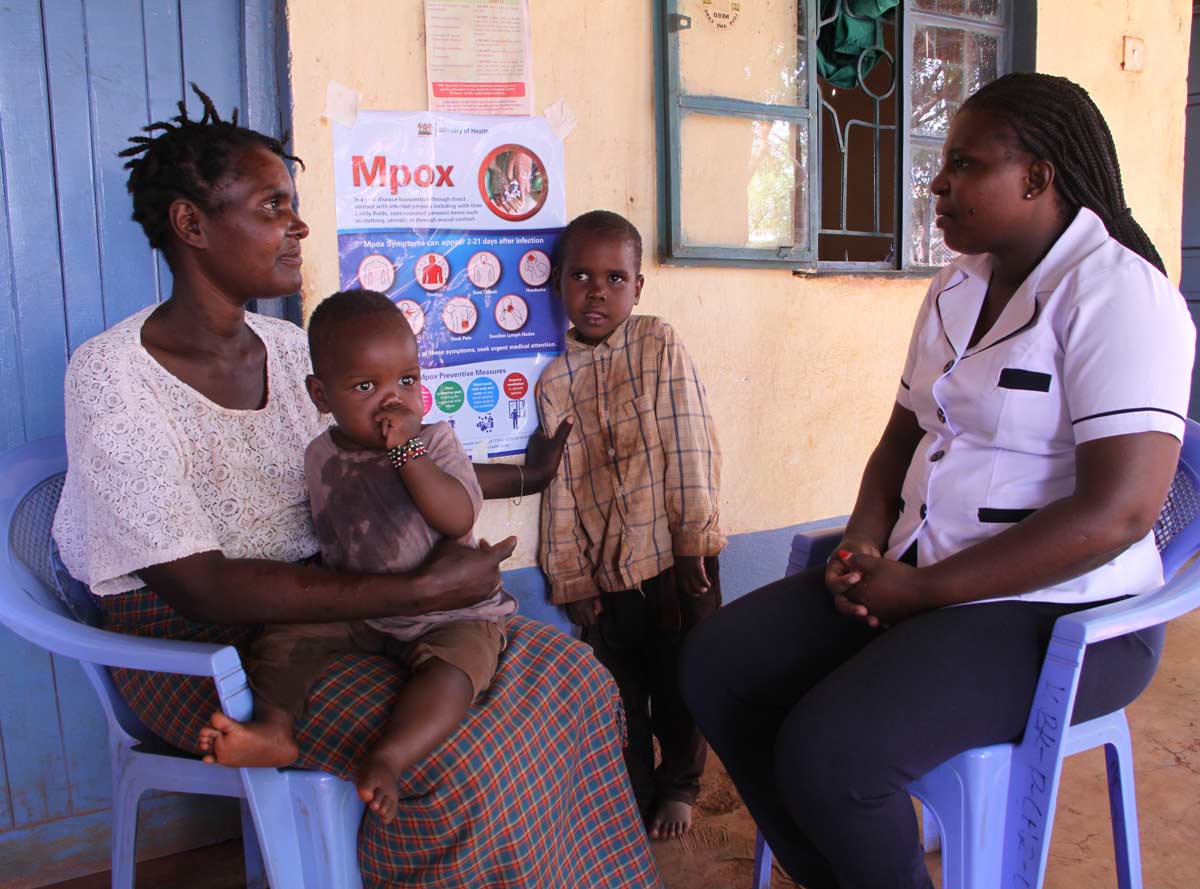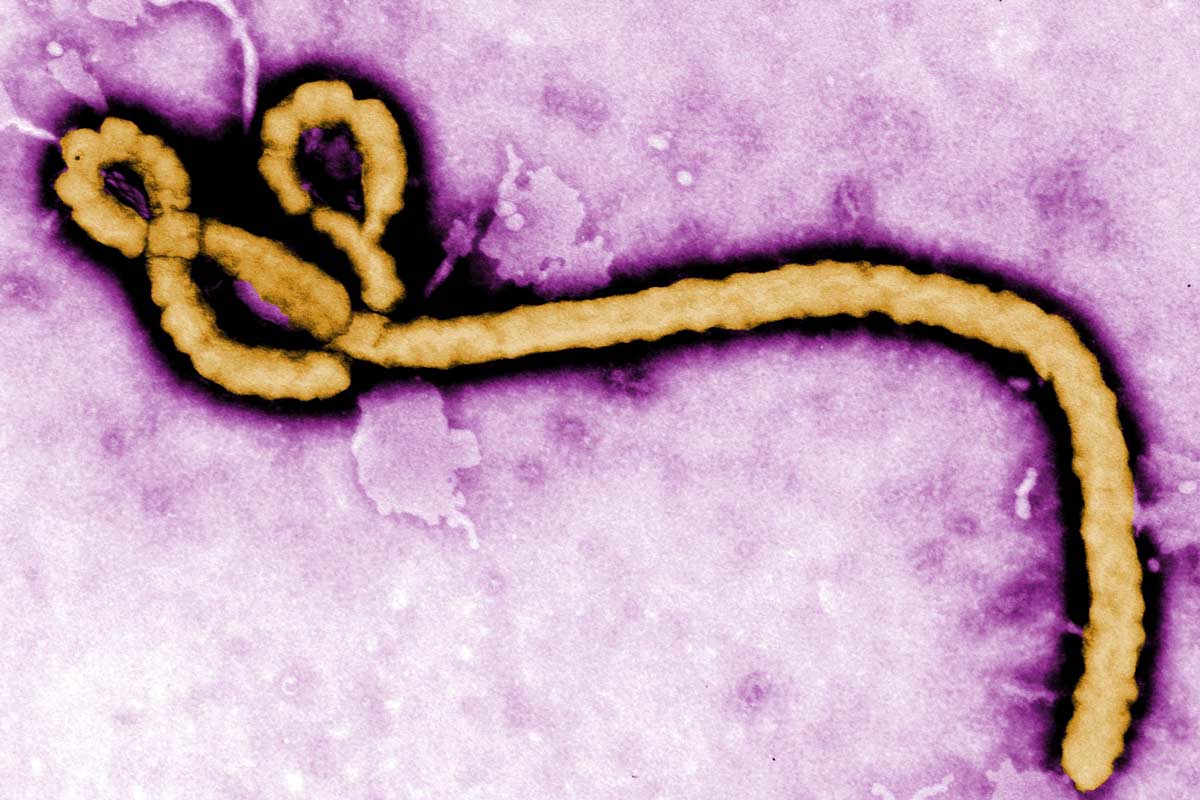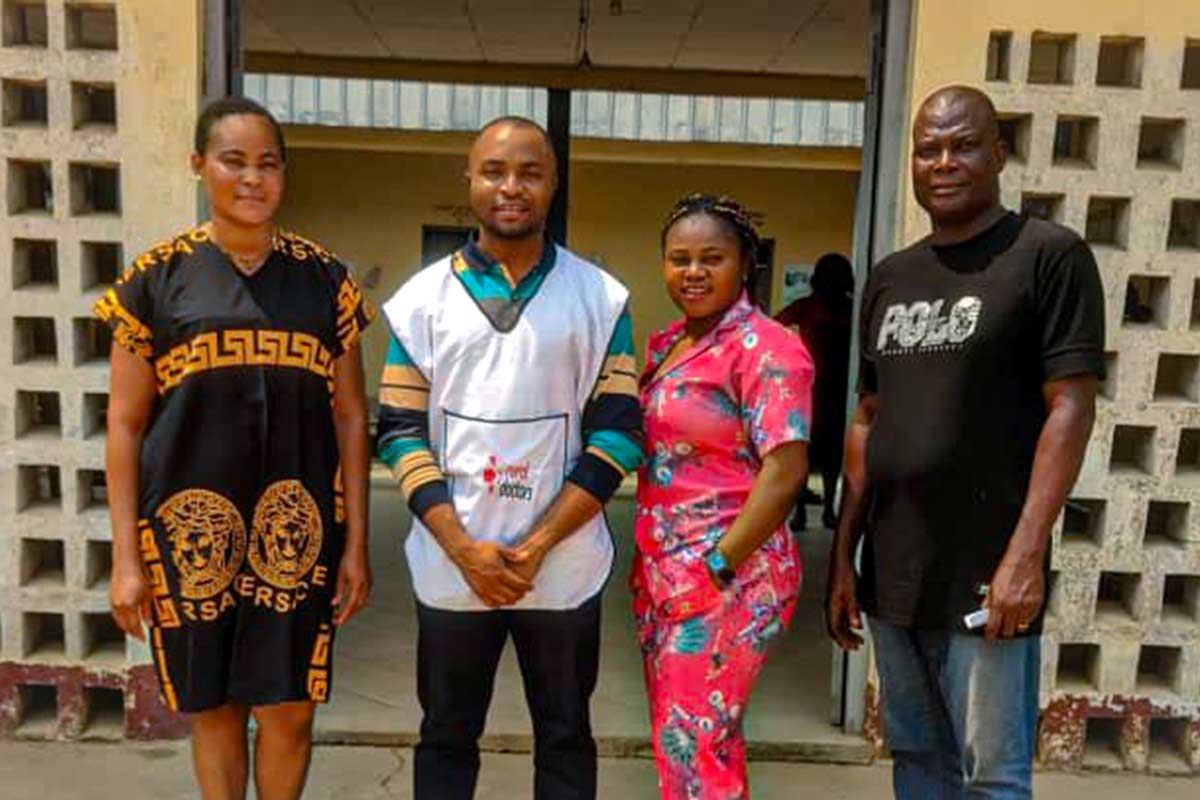First came the floods... then came the oral cholera vaccines
Amid massive downpours, southern Laos health workers brace for disease outbreaks.
- 2 June 2022
- 4 min read
- by Napua Nzyuko
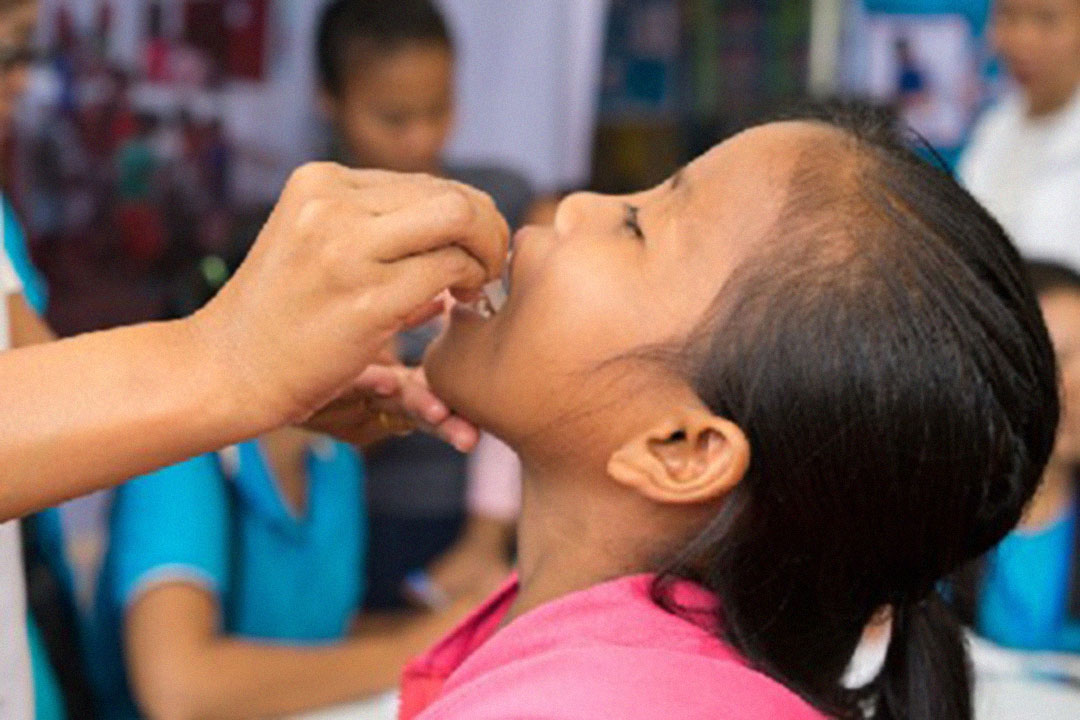
Over the last couple of years, Laos has been subject to heavy rains and subsequent flooding, especially in the southern areas like the Sanamxay district. As water levels rise, so do fears of cholera, a fast-moving and deadly intestinal infection.
“My son was once a victim of cholera. The disease took a toll on him then. I am glad the government brought the oral vaccines, despite the dreadful weather. Collectively, we have received our doses. We’re now immune to cholera.”
“Not only do we have to deal with floods in our region, but now cholera is also a risk, and we are looking to the government to take action,” says Chanyalath Rocha, a concerned Sanamxay citizen.

Prime Minister Phankham Viphavanh and Minister of Health Dr Bounfeng Phoummalaysith have held meetings to share what the country is doing to contain and even eliminate the disease before it escalates further, a strategy that will include mobilising a donation, sent by Gavi, of oral cholera vaccines (OCV).
“We have oral cholera vaccines donated by Gavi. I have instructed the health ministry to act promptly before the malady devours our people. We are urging volunteers, nurses, and those in the health department to step forward and help us make this vaccinating exercise a success,” the Prime Minister said at the start of the campaign.
A Gavi-supported emergency OCV stockpile has existed since 2013, so that countries in need can access doses without procurement delays. Since then, more than 35 million doses have been shipped to cholera hotspots, helping to curb the epidemic spread of a disease that still kills an estimated 21,000 to 143,000 people each year worldwide.
But access to the stockpile only gets you so far. To do its work, the vaccine needs to reach the people at highest risk.
In southern Laos, receipt of the vaccine doses meant preparations for rollout needed kicking into high gear: volunteers needed training, data on target populations and vaccine stocks needed collating, transport and vaccine delivery gear needed readying, and awareness needed to be drummed up among the flood-hit communities.
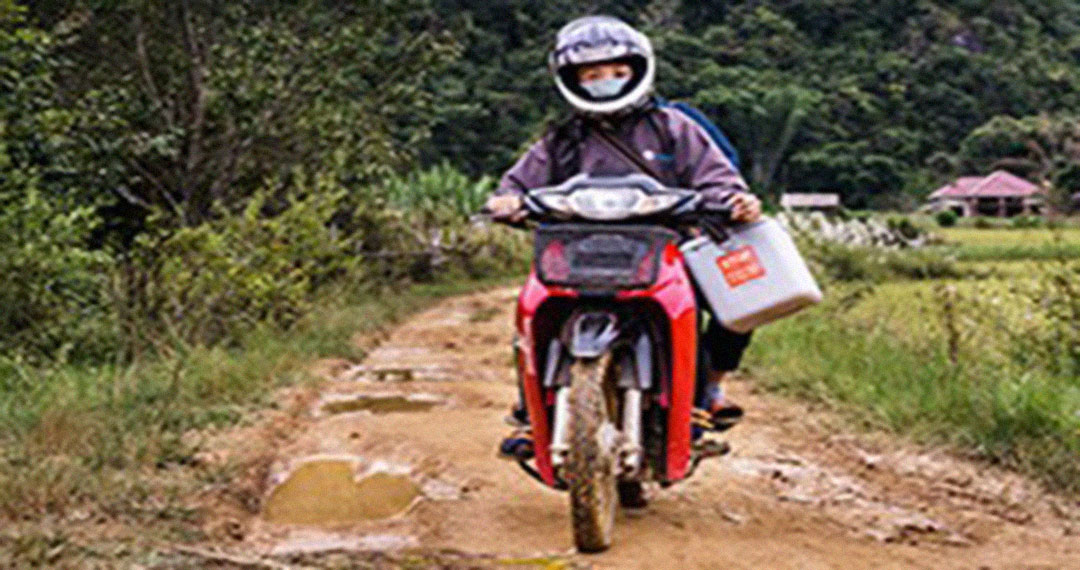
“The rains pose a daunting challenge for movement. The roads are miry, which makes it hard for cars meant to transport the vaccines to move without getting stuck along the way,” says nurse Soumly Oum.
Have you read?
To mitigate against the terrible conditions, the health ministry has drafted in massive trucks, with massive wheels, urging drivers to navigate the boggy roadways slowly. The vaccines are placed in coolers and packed delicately to prevent spoiling and cracking.
“The last few weeks have been hectic, where the head nurse and the rest of us have put everything into place. Despite the difficulties, this vaccination activity is a noble cause. They say health is wealth, right?” says a volunteering clinician, Viphavanh Solano.
Head of the medical team, Nurse Thongvanh Xayaseng explains, “My team and I came equipped with all the necessities to ensure this exercise is fruitful. We had initially spread the news of the vaccination drive in different ways including via the media and by going door to door, among other means. Parents, in particular, are turning out in large numbers. For those who are unable to come to us, we go to them. We have to prevent cholera outbreaks at all costs and, thanks to the Gavi donation, we can do something.”
“My child and I have received the cholera vaccine. It was administered via the mouth. Sometimes it is hard to believe the effectiveness of a few drops of medicine. With that said, my kid and I are safe,” declares an overwhelmed mother, Moukdavanh Keobounphanh.
“My son was once a victim of cholera. The disease took a toll on him then. I am glad the government brought the oral vaccines, despite the dreadful weather. Collectively, we have received our doses. We’re now immune to cholera,” says Phouma Sanghiemkham.
The government is also committed to improving water cleanliness and sanitisation – the surest route to safety from cholera epidemics – and is urging everyone to ensure that they follow hygienic practices.
“The ongoing cholera vaccination will ensure children are immune to the otherwise lethal disease. The toughest job has been delivering the vaccines to the people through the impassable roads. The dwellers came in large numbers, especially those with children. This vaccination exercise has prevented numerous future deaths,” reports Xayaseng.
While a few cholera cases continue to crop up, with the help of the OCVs, the disease has been contained relatively well.

